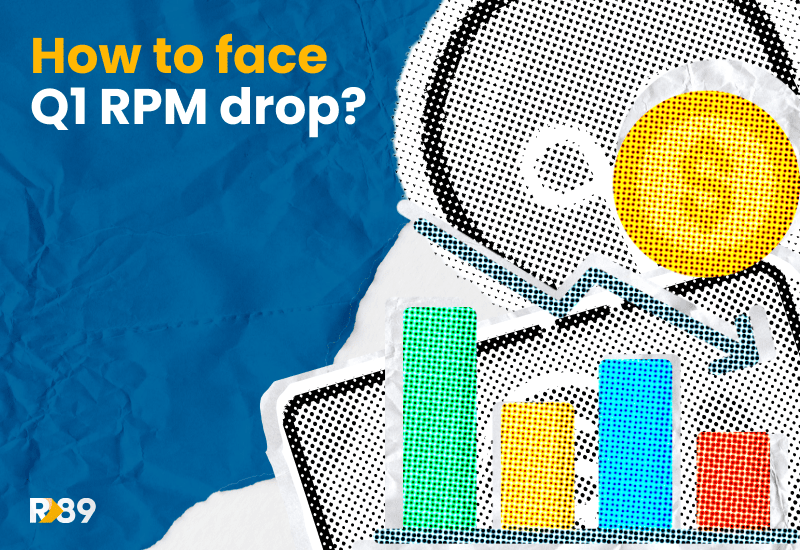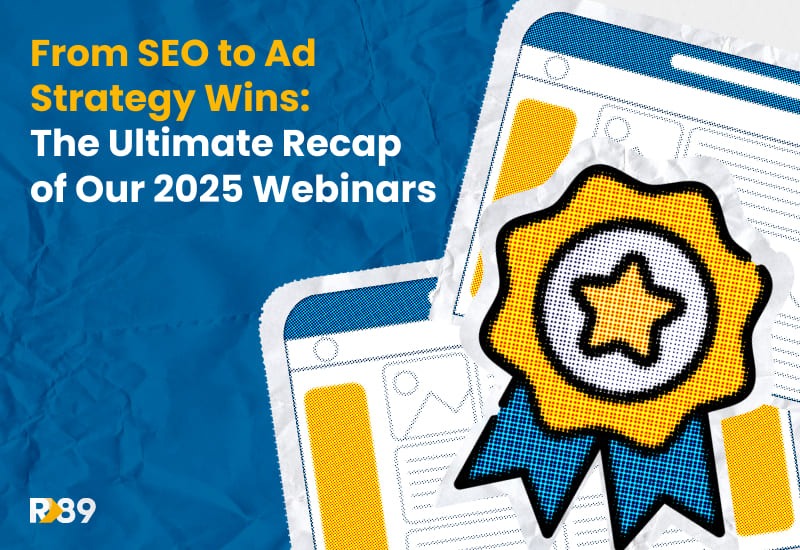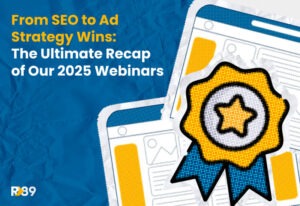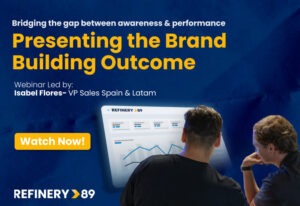Are you familiar with this sinking feeling in your stomach when your metrics, in particular CPM and RPM, suddenly drop? After having the time of your life in Q4, when numbers skyrocketed and you were showering in ad revenue, this radical change in Q1 can seem quite shocking.
Those seasoned publishers who’ve been around the block a couple of times will tell you to calm down and wait for things to go back to normal, but us here at Refinery89 know that it can be tough to sit with your arms crossed and observe your ad revenue traveling south. That’s why today, we’ve come prepared with a few strategies at hand to help you face the low season for programmatic advertising like a champ!
What is the Q1 RPM drop?
RPM seasonal drop is a downsizing in your ad revenue per thousand page views that usually happens in January. Many businesses are prone to seasonal ups and downs, especially those linked to goods and content consumption. Consumers’ interest grows around holidays, and shopping frenzies drive ad inventory’s CPM up to the sky. But as soon as people are back to their routine and their bank accounts are on a diet, interest in consumption grows thinner. For publishers, it’s a source of constant uncertainty.
Nevertheless, let’s not lose our marbles just yet and look at the numbers.
We have compared the RPM of two publishers of different sizes throughout the period from December 2023 to December 2024, and both have showed an ad revenue drop in Q1.
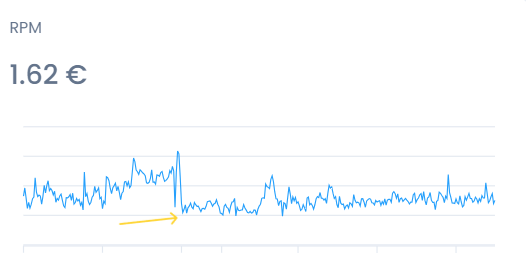
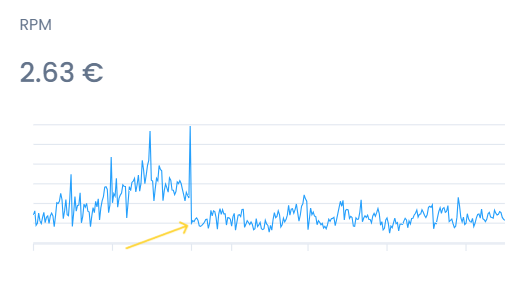
As we can see in the graphs, January drops (marked in yellow) occur no matter your RPM rate is. It’s an issue both big and small publishers have to deal with year after year.
This means that the Q1 drop is a recurring event. It’s part of a seasonality pattern beyond your control that’s experienced around this time every single year. Let’s see why this happens.
Why does RPM drop in Q1?
Post-holiday ad spend decline
As we mentioned before, consumption drastically drops in January. Advertisers tend to spend heavily in Q4, particularly during the holiday season, leading to a higher ad fill rate. However, as Q1 begins, advertisers typically reduce their budgets, provoking a subsequent drop in RPM for publishers.
Ad inventory performance evaluation
The beginning of the year is also when many brands revise their previous ad campaigns’ conversion and ROI performance. This evaluation period can result in a temporary pause or reduction in ad buys.
End of fiscal year budgeting
Many companies wrap up their fiscal years in December, leading to a renewed focus on budgeting and planning in January. This often results in advertisers re-evaluating and sometimes reducing their ad spend.
What can you do when RPM drops?
Test new ad formats
There is no better time to run some tests than when your site is not packed with visitors and needs constant attention and optimization. High-value ad formats can uniquely engage users and produce higher RPM. By testing and evaluating various ad formats, publishers can identify what resonates best with their audience and optimize their ad inventory accordingly. To make sure your ads get the best result possible, follow these best practices for ad placement recommended by our AdOps expert, Germán Tinaut.
Optimize your content
Quality content remains king no matter what hurdles Google throws your way in SEO. By ensuring your content is optimized and aligns with what your audience wants, you can maintain (or even increase!) your site’s traffic, offsetting some of the RPM drop. Besides polishing your content strategy, checking out your Core Web Vitals will always do wonders for your site’s health.
Improve your site’s user experience (UX)
User experience is a top priority when it comes to taking care of your website. Slow-loading pages or too-intrusive ad formats can drive up your website’s bounce rates. After Google introduced the Core Web Vitals, examining your site’s loading speed, responsiveness, and stability while ensuring that ads enhance the user experience is a piece of cake. Take note of this: a better UX can lead to higher engagement rates that help increase your RPM. Learn some strategies from our in-house UX lead, Itziar Gil Hernando, to improve your website’s user experience!
Adjust your floor price
It is customary and logical to increase the floor price. and get the most out of the advertisers’ bidding, but as soon as the season is going downhill, the optimal choice is to adjust the floor price accordingly. Our experts recommend a 10-20% drop to maintain a good ad fill rate.
When the going gets tough, don’t stop optimizing!
RPM dropping in Q1 is a seasonality trend and (as unpleasant as it is) publishers around the world have been facing it for years. Those who remain agile, prioritizing content optimization, improving UX, and experimenting with various monetization strategies will be in the best position to stand against any RPM dips and ensure constant growth.
The path to improving your ad monetization strategy doesn’t have to be one you walk on your own! You can count on us at Refinery89 to take the best care of your ad inventory with top-notch technology to increase your earnings and optimize your website’s layout!
We have your back every step of the way! If you want to learn more about our solutions and services from one of our account managers who speak your own language, reach out to us!
